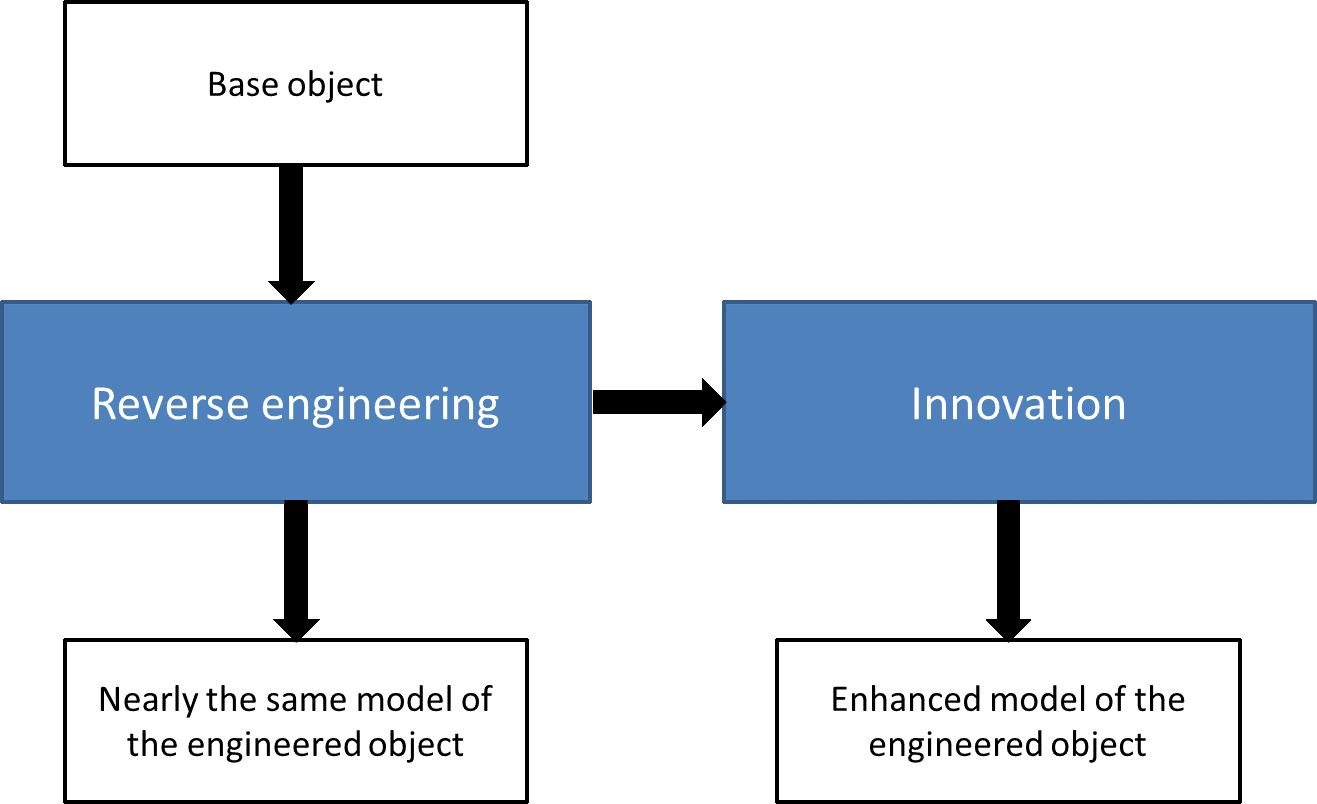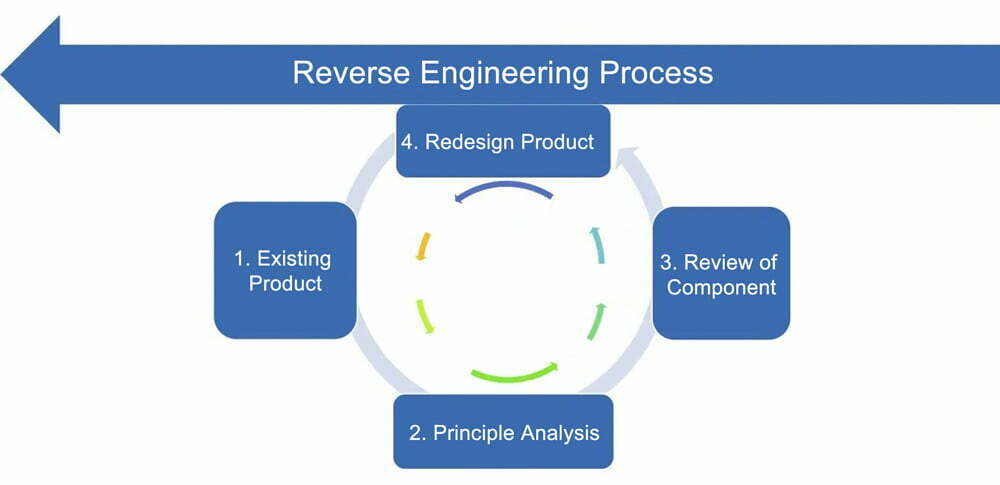Reverse Engineering for Physical Systems

Reverse engineering refers to the process of extracting knowledge, design, and technical information from a finished product, then using the acquired knowledge to replicate and understand the mechanics of the original system. Traditionally, reverse engineering has been applied to software (sometimes referred to as decompilation) but the concept has also been extended to physical systems. This process is known as hardware analysis, physical reverse engineering, or simply hardware reverse engineering.

Reverse engineering physical systems involves disassembling the product, sketching its components and circuits, making measurements, studying the material properties, and analyzing the finished parts to iteratively assemble a model of how it works, what its components are, and how they fit together. The ultimate goal is to obtain the original design intent of the product, from which the product could potentially be recreated.

There are several reasons why one might want to reverse engineer a physical system:
-
Repairing or Restoring: Understanding the design of a physical system can help in repairing or restoring it when it fails.
-
Requirements Analysis and Validation: Reverse engineering can help elicit requirements for a new system by studying the design of an existing one, and it can also be used to validate requirements by ensuring that the reverse-engineered design meets the specified requirements.
-
Traceability: Reverse engineering can help develop traceability links between lower-level system components and higher-level functional requirements, which can be important for understanding the system’s overall behavior.
Note that reverse engineering physical systems is often a challenging and time-consuming process, and it can be difficult to obtain complete and accurate results. However, it can be a valuable technique for understanding the design of physical systems and it can be used to support a variety of engineering activities.
